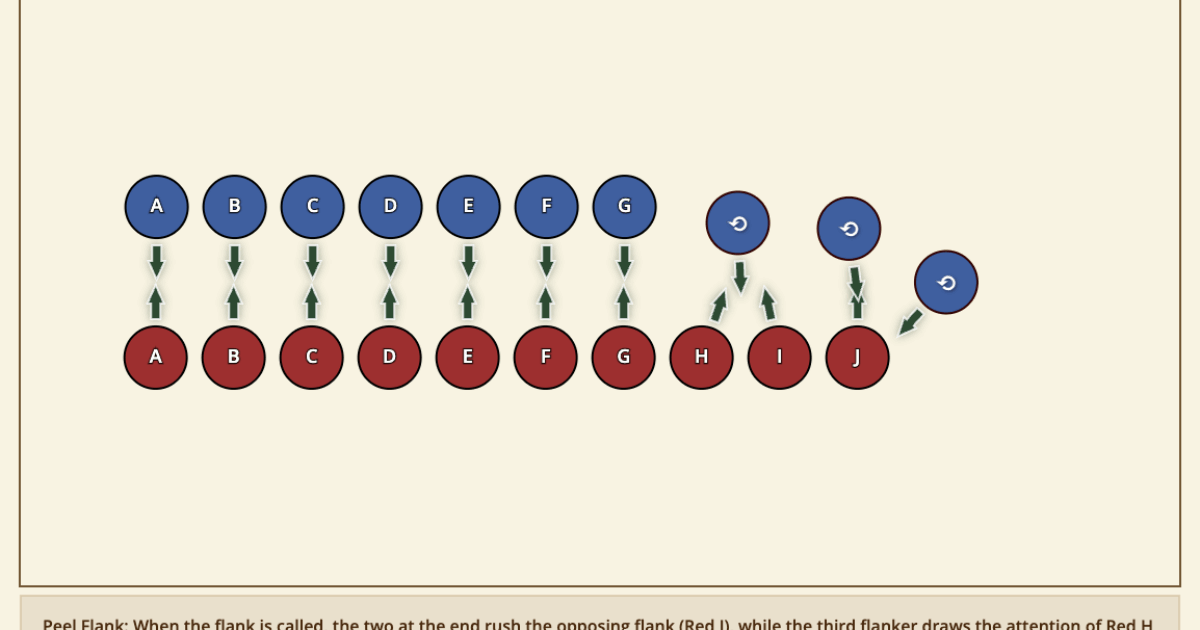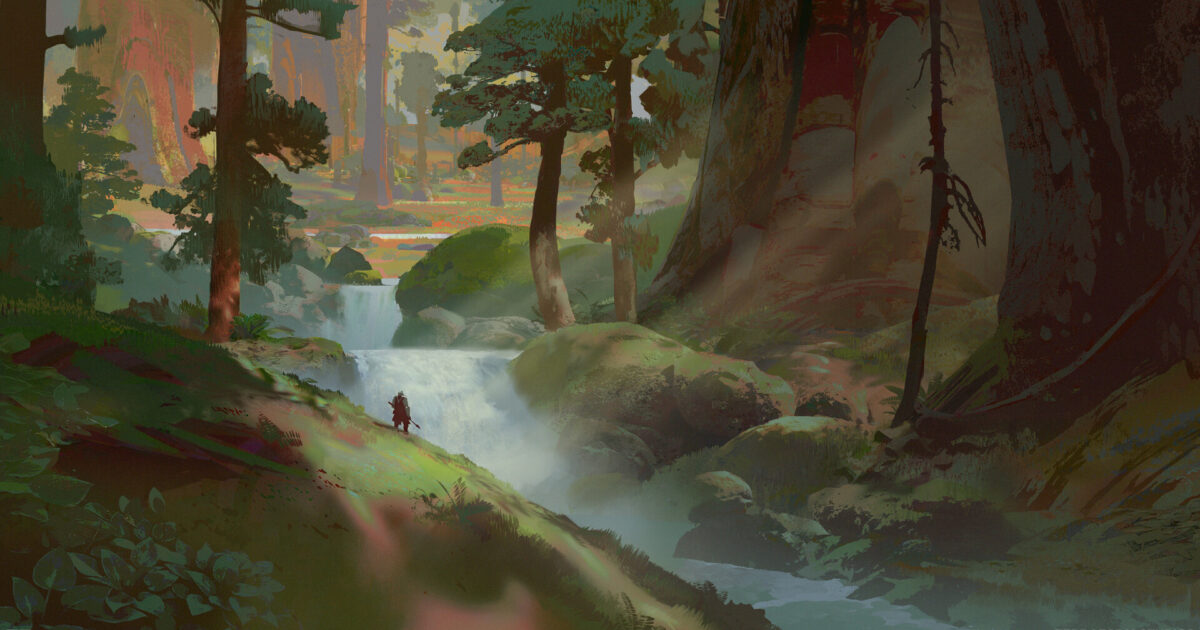Every part of the army fills a role, and the Cavalry’s role is to go out there and get stuff done! As a small squad, you can work closely with other fencers on objective-based problems and overcome obstacles your team may be facing. It can be overwhelming and require a mental shift, but going out as a Cavalry squad can be incredibly fulfilling because you tend to end up right in the thick of the action.
Points of safety
Cavalry can be a little intense. It’s part of the role’s job, but that doesn’t mean we sacrifice Safety. Either for ourselves or for others. Additionally, it can take some time to develop the confidence and determination that is often associated with Cavalry. Give yourself the time and space you need to develop those mental skills as well.
- Be Considerate: Cavalry fighters have a goal but reaching that goal should never endanger or intentionally harm a person or their well-being.
- High Intensity: As a smaller unit they can move faster and they operate under higher pressure to reach goals quickly. Adrenaline is often involved but so should a measure of control and wisdom.
General Points
Like any team sport, you need to understand how you fit into the whole army to be effective. You fill a role and you have to rely on the rest of the team to fill their role. That said, Cavalry depends on squads of fencers working closely together and listening to the direction of the Commander.
- Goal-oriented: Some tasks need to be accomplished before the overarching goal can be achieved. A Cavalry Unit’s objective is to complete those tasks as directed by the commander and accomplish smaller goals as we build toward the main objective. In summary, get the job done whatever that may entail.
- Part of the Team, But Separate: A cavalry mentality is to support the overall goal of the team but to work as a small unit independent of the main force. It requires battlefield awareness and problem-solving to operate as a unit.
- You’re a Squad: An effective Cavalry Unit isn’t just a few random fencers thrown together. They need to work together and each member should understand how they fit within the unit.
Training Ideas
- Volunteer in Melee: When preparing for a melee, make sure your commander knows that you’d like to be a Cavalry if possible. Depending on their plan, it may come into play but try to fill that role as much as possible.
- Find a Squad: Find a group of 2-3 fencers that you are comfortable and excited to fight alongside. Work with them at practice or outside of practice as much as you can. The goal is to develop a good repertoire with those fencers over time.
- Study Cavalry Tactics: Understand what tactics are specifically designed for Cavalry and how Cavalry plays into the more common tactics like Flanking Maneuvers or Kill Pockets.
Assessment
What we’re looking for are fencers who are willing to take the mantle of Cavalry and own that position in the army and in melees. We want to see fencers who dedicate their time and energy to studying melee tactics specifically for Cavalry and then doing whatever it takes to implement those principles to benefit the team. We also hope to see fencers find a squad for themselves. A group of fencers that they can train with and fight alongside enough to really become a solid unit. It isn’t enough to just work together occasionally. A solid Cavalry is something to behold when a group of fencers really turns into a unit rather than just a group of separate fighters.
What’s NEXT?
- Suggested Next Lesson: Rush Attacks, Advanced Attacks, Melee Formation & Movement, or Flanking Maneuvers could all be great lessons to emphasize either the type of attacks Cavalry focuses on or the overall melee strategies.
- Activities to Try: Think about some fencers that you would like to work with. Dream up your ideal Cavalry Squad of 3-4 fencers and study how the team would work together. Work with them to see if your ideas match with reality and try to find a squad of your own.
- Conversations To Have: Discuss what fencers work well together and why. What makes a good team? How do individual fencer’s styles complement another fencer or what works well in a Cavalry unit.

